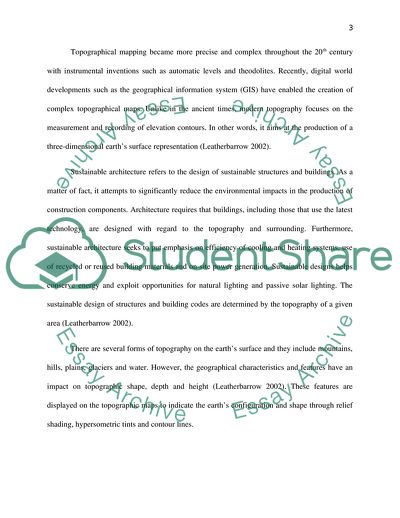Cite this document
(Architecture Beneath Nature Essay Example | Topics and Well Written Essays - 1750 words, n.d.)
Architecture Beneath Nature Essay Example | Topics and Well Written Essays - 1750 words. https://studentshare.org/architecture/1821672-architecture-beneath-nature-topography
Architecture Beneath Nature Essay Example | Topics and Well Written Essays - 1750 words. https://studentshare.org/architecture/1821672-architecture-beneath-nature-topography
(Architecture Beneath Nature Essay Example | Topics and Well Written Essays - 1750 Words)
Architecture Beneath Nature Essay Example | Topics and Well Written Essays - 1750 Words. https://studentshare.org/architecture/1821672-architecture-beneath-nature-topography.
Architecture Beneath Nature Essay Example | Topics and Well Written Essays - 1750 Words. https://studentshare.org/architecture/1821672-architecture-beneath-nature-topography.
“Architecture Beneath Nature Essay Example | Topics and Well Written Essays - 1750 Words”. https://studentshare.org/architecture/1821672-architecture-beneath-nature-topography.


